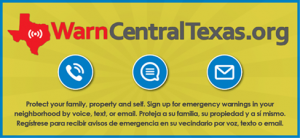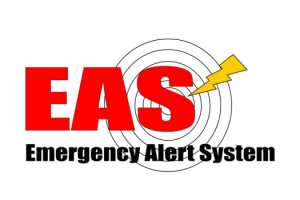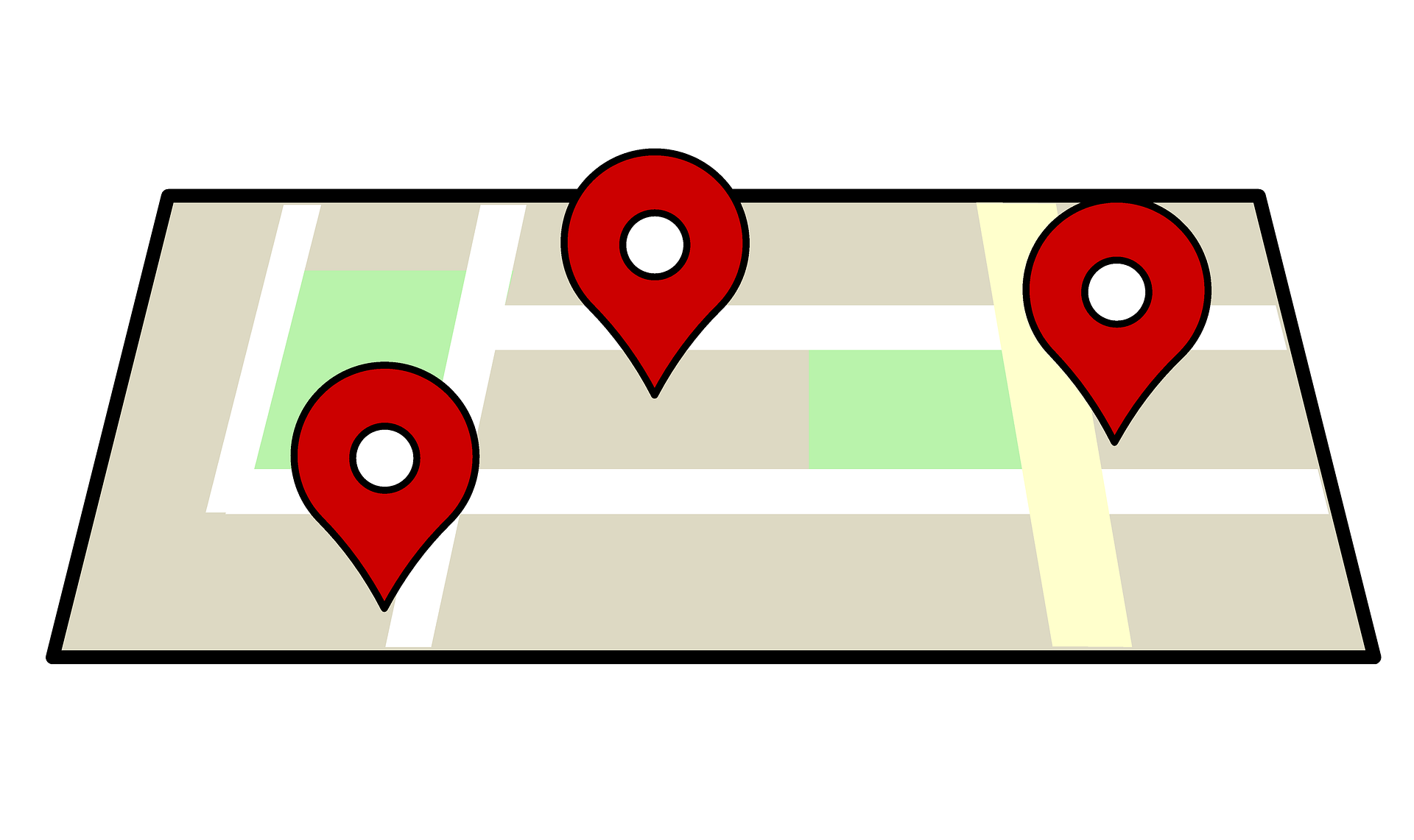Severe Weather Information
 Severe Weather Season is Here! Preparation is Our Best Defense! Severe weather season can bring frightening storms, incredible damage and change lives in the blink of an eye. The best way to meet violent Texas weather is to be prepared.
Severe Weather Season is Here! Preparation is Our Best Defense! Severe weather season can bring frightening storms, incredible damage and change lives in the blink of an eye. The best way to meet violent Texas weather is to be prepared.
KnoWhat2Do has a number of steps you can take to help each member of the family know what to do when storms are coming.Knowing your hazards is just one component of preparedness- the next step is to ACT! Make sure each member of the family knows how to use the following resources:
 Emergency Notification System through WarnCentralTexas
Emergency Notification System through WarnCentralTexas
The Capital Area Council of Governments uses a regional notification system (RNS), WarnCentralTexas.org, as a crucial public-safety tool. The Web-based tool is available to users throughout the CAPCOG region to alert the public to emergency and non-emergency situations. It’s an effective tool for notifying a relatively large number of people in a short period of time. Messages may include content such as incident-specific information, recommended protective actions or response directives. They can be delivered to various devices that accept voice, email or SMS text content and to alpha or numeric pagers. The message sender identifies recipients, develops the message and determines which types of devices receive the message. Regional partners that use RNS can send voice messages to landline phones using CAPCOG’s 9-1-1 database. However, residents and visitors to the CAPCOG region must register their cellphone numbers and email addresses to receive notifications on mobile devices or computers.
NOAA All Hazards Weather Radio (NWR)
Listen for emergency information.
The NOAA Weather Radio All Hazards, or NWR, is a nationwide network of radio stations broadcasting forecasts, warnings, and emergency information 24 hours a day. It is a comprehensive weather and emergency information service available to the public. All-hazards messages include weather events, technological incidents like chemical spills, AMBER alerts, and national emergencies. NWR also broadcasts EAS notices.
 The FEMA Emergency Alert System (EAS) Tune into your radio for instructions.
The FEMA Emergency Alert System (EAS) Tune into your radio for instructions.
The Emergency Alert System (EAS) is used by alerting authorities to send warnings via broadcast, cable, satellite and wireline communications pathways. EAS participants, which consist of broadcast, cable, satellite and wireless providers, are the stewards of this important public service in close partnership with alerting officials at all levels of government. The EAS is also used when all other means of alerting the public are unavailable, providing an added layer of resiliency to the suite of available emergency communication tools. FEMA constantly works to improve the EAS is to better ensure seamless integration of CAP-based and emerging technologies.
Outdoor Warning System
Pay attention to sirens. Sirens may be used for all-hazard notification. When sirens are sounded, go indoors and tune in to local news and radio programs to understand the nature of the emergency.
TV Broadcasts Watch for emergency interruptions and tune into news stations.
If you live in a trailer or other housing susceptible to tornadoes or high winds, consider your evacuation plan.
- Plan places to meet within and outside of your immediate neighborhood.
- Keep a half tank of gas in your car at all times in case you need to evacuate.
- Familiarize yourself with alternate routes out of your area.
- If you don’t have a car, plan other means of transportation.
A tornado is one of nature’s most powerful and destructive forces.

- Prepare for a tornado by gathering emergency supplies including food, water, medications, batteries, flashlights, important documents, road maps, and a full tank of gasoline.
- When a tornado approaches, anyone in its path should take shelter indoors—preferably in a basement or an interior first-floor room or hallway.
- Avoid windows and seek additional protection by getting underneath large, solid pieces of furniture.
- Avoid automobiles and mobile homes, which provide almost no protection from tornadoes.
- Those caught outside should lie flat in a depression or on other low ground and wait for the storm to pass.
















